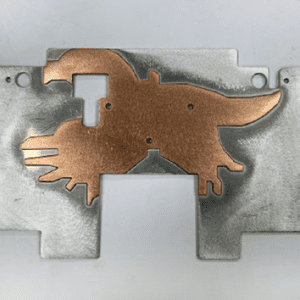
Titomic’s cool contribution to SpIRIT satellite launch
Discover how Titomic have designed a bespoke heat management system for Australia’s first scientific satellite in 20 years using cold spray.
Our advanced cold spray systems and high-performance titanium additive manufacturing solutions have miraculously transformed spare parts production in the Aerospace and Aviation industries.
In a time of global supply chain shortages and rising costs, our turnkey technology offers you a faster, easier and more cost-effective way to produce and maintain parts and products on demand – helping you to stay as productive and profitable as possible.
Specialising in the rapid additive manufacturing of high-performance components for aircraft structures, propulsion systems, pressure vessels, and satellites.
Performing secondary manufacturing operations such as adding solid metal features or thick coatings to existing parts such as flanges, ribs, and rings.
Coating and repair technologies that restore geometries and overcome corrosion and wear challenges for shafts, engine components, landing gear, wheels, and more.
Validated radiation shield coating that enables more satellites to launch with adequate protection at a lower cost than radiation hardening electronics.
Functional coatings produced for direct application to existing parts used in electrical conductivity, thermal management systems and corrosion resistance.
A no-melt coating and repair process that allows users to deposit metals while eliminating heat-affected zones, mitigating the risk of damage to parts.
Get in touch with the Titomic team for a free, no-obligation consultation today.





The diagram below gives you a quick tour of our innovative, patented Titomic Kinetic Fusion® cold spray technology. A remarkably high-speed, no-melt metal deposition method, it’s rapidly making traditional coating, manufacturing and metal part repair processes a thing of the past.
Discover how our advanced cold spray and additive manufacturing technologies are changing the world of industry.
Titomic is enabling commercially viable production of Titanium at scale and speed which no other technology is capable of. Cold spray Titanium part build rates of 5kg per hour with minimal size constraints are achievable at a fraction of the cost of traditional methods.
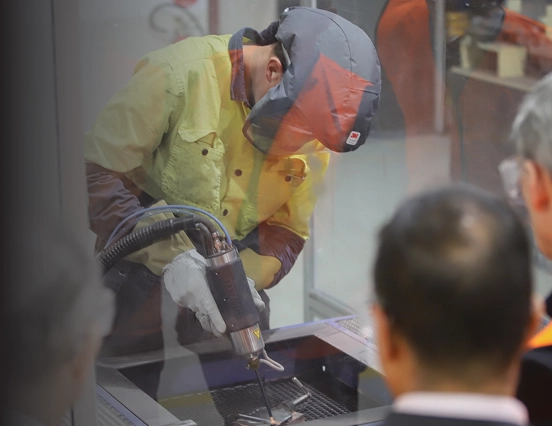
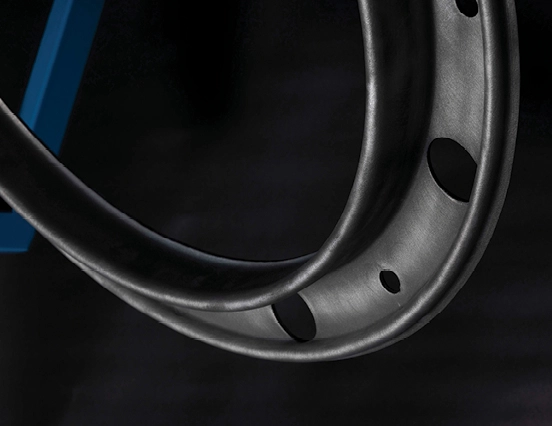
With cold spray, large parts can be manufactured at speed to near their final shape. This means that only 5-10% of the final part needs to be machined away to reach final tolerance, saving significant material waste and reducing machining time, ultimately producing parts faster at a lower cost.
Titomic Kinetic Fusion® is the world’s only technology capable of building seamless, one-piece structure parts from multiple metals. For example, titanium, copper, and high-carbon or alloy steels can be integrated into a single part, leveraging the strengths of each simultaneously.
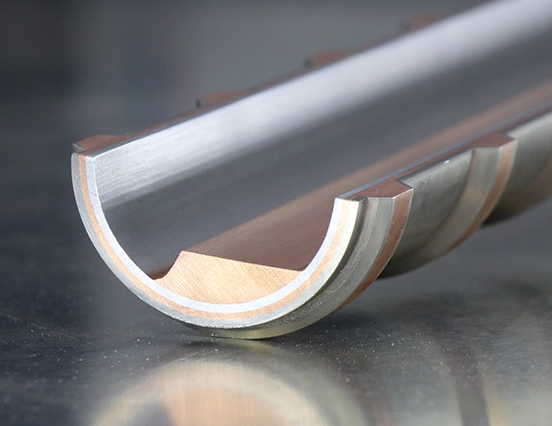

Discover how Titomic have designed a bespoke heat management system for Australia’s first scientific satellite in 20 years using cold spray.
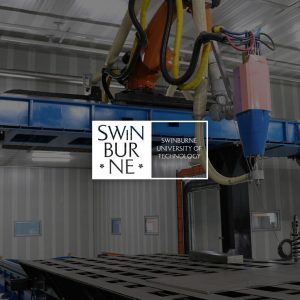
At the Advanced Manufacturing Industry 4.0 Hub, located at Swinburne University’s Factory of the Future, Titomic’s TKF 9000 system has make it possible to produce lighter, stronger, production-ready rapid tooling for a range of aerospace applications.
With hundreds of useful, faster, cost-effective applications, you’re sure to have a query or two about what’s possible. If you can’t find the answer here, please don’t hesitate to contact us.
TKF costs significantly less than traditional manufacturing methods for the following reasons:
Our compact cold spray systems cost considerably less than traditional repair and resurfacing methods for the following reasons:
We’ve achieved typical density rates of 90-95% and over 99% when enhanced by post-processing.
If needed, it’s also possible to create less dense, more porous coatings for grip, abrasion, chemical processing and more through process optimisation, powder manipulation, and post-processing parameters.
Generally, you can achieve mechanical properties similar to casting and forging. While some parts may need to be processed with a heat treatment to make them more ductile, we can tailor process variables to meet your specific needs – a clear advantage compared to other methods.
It depends on what parts you need, as well as the mechanical properties the application requires. However, generally parts created with TKF will need some post-processing heat treatment.
Cold spray doesn’t require heat to melt the materials being sprayed. This is different to traditional metal spraying methods like welding or thermal spraying, which use heat to melt the material before it’s applied to a surface.
Instead, a high-pressure gas is used to accelerate tiny metal particles (which are usually less than 50 micrometres in size) to supersonic speeds. This creates heat through kinetic energy, when the particles collide with the surface of the object being sprayed.
Cold spray works by exploiting the kinetic energy of tiny metal particles. Low-to-high pressure gas is used to accelerate the particles (which are usually less than 50 micrometres in size) to supersonic speeds. These are then sprayed onto a surface where they compress and deform to create a cohesive bond.
This results in a strong, dense coating that can be used for a variety of applications – such as repairing damaged parts, improving the surface properties of a material, or creating new, complex shapes.
There are many metals that can be used in our cold spray systems. This includes aluminium, copper, nickel, titanium, stainless steel, Inconel, and more.
Since these all have different characteristics – such as strength, ductility, and resistance to corrosion – the chosen metals will depend on the application, as well as the properties needed for the final product.
Some metals may also be easier or more difficult to cold spray, depending on their melting point, ductility, and other factors.
What makes TKF so beneficial is that it can fuse dissimilar metals together. This means you can leverage the strengths of multiple metals in a single, monocoque part. For instance, you can fuse copper to titanium, nickel to cast iron, and much more.
Cold spray can be used on a variety of surfaces. This includes metals, ceramics, plastics, and composites.
The process is particularly useful for repairing worn or damaged metal parts, as it can restore the surface to its original shape and properties without causing distortion or weakening the material.
Our cold spray systems can also be used to add new features or properties to a surface, such as improved wear resistance, corrosion resistance, or thermal properties.
You can even use it to create new shapes or structures that would be difficult or impossible to achieve with traditional manufacturing methods.